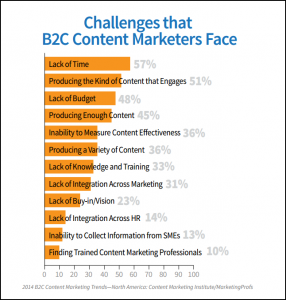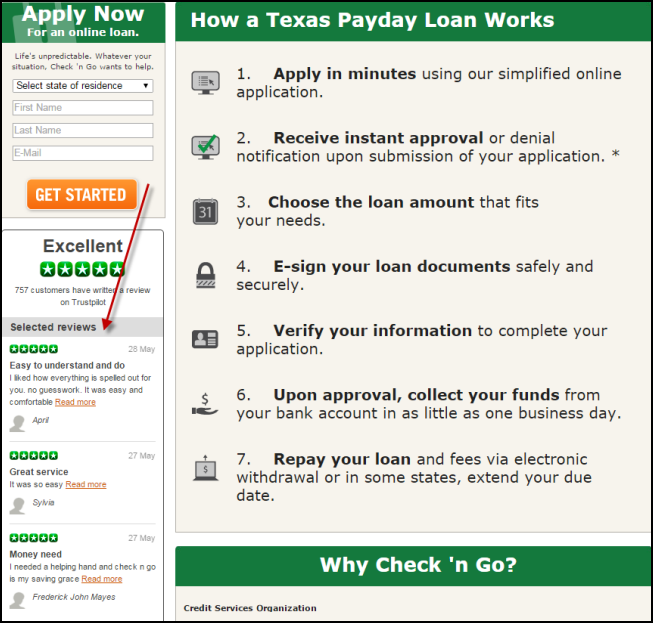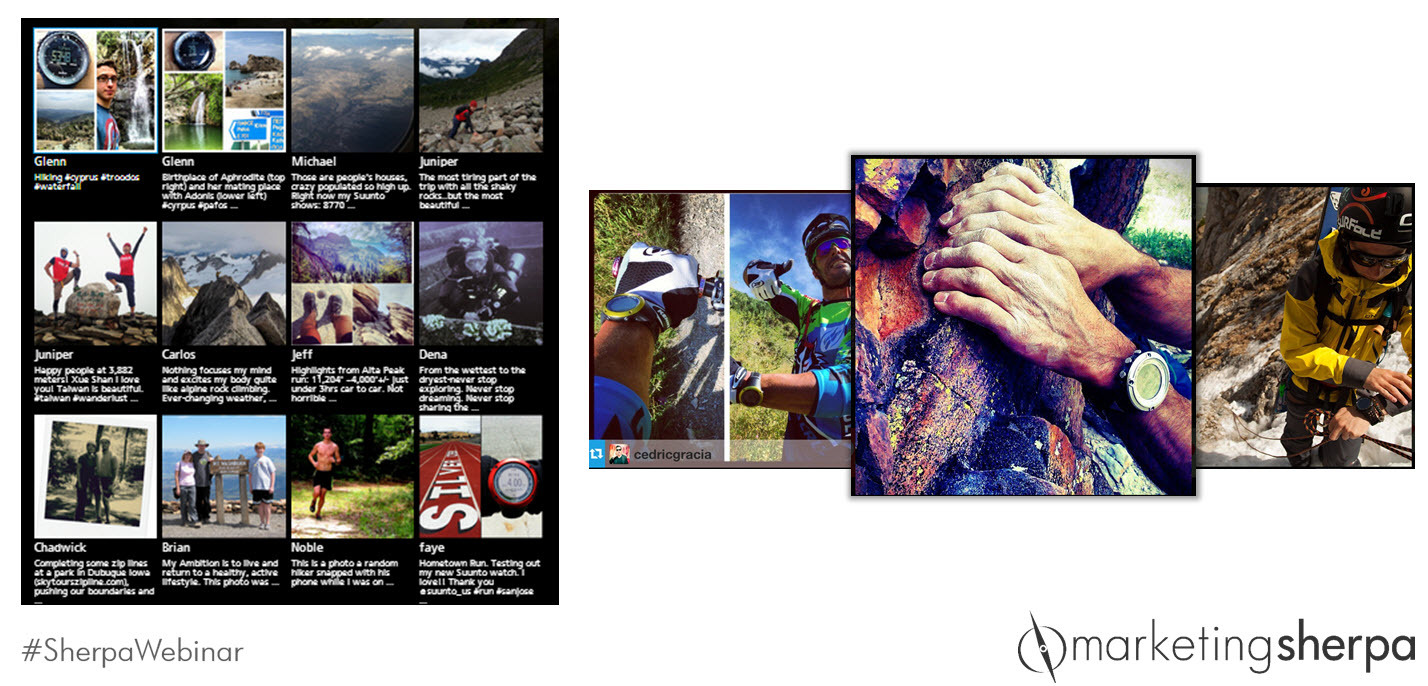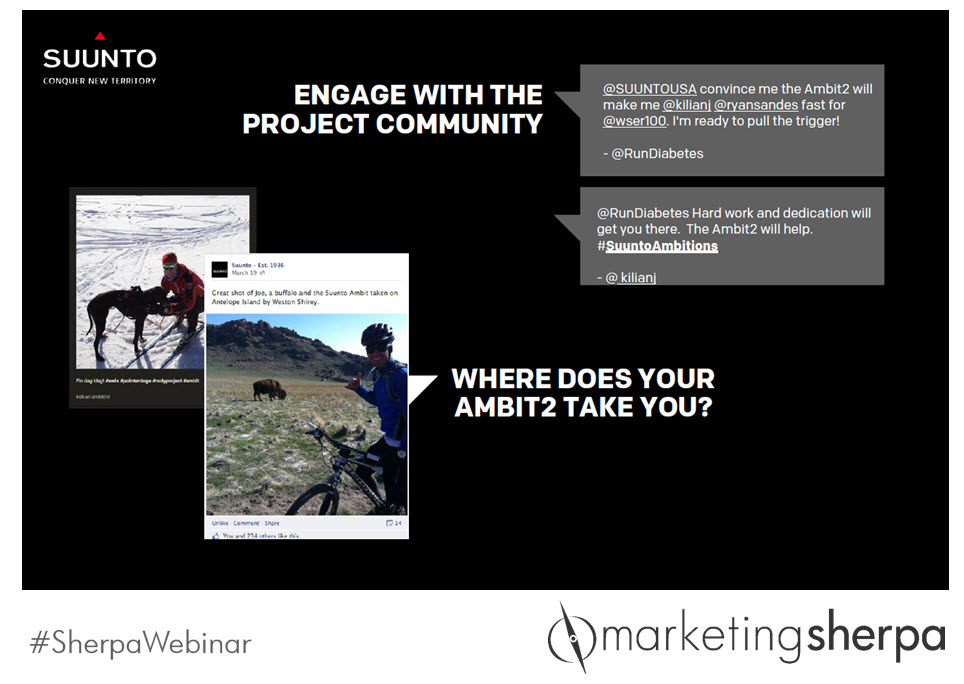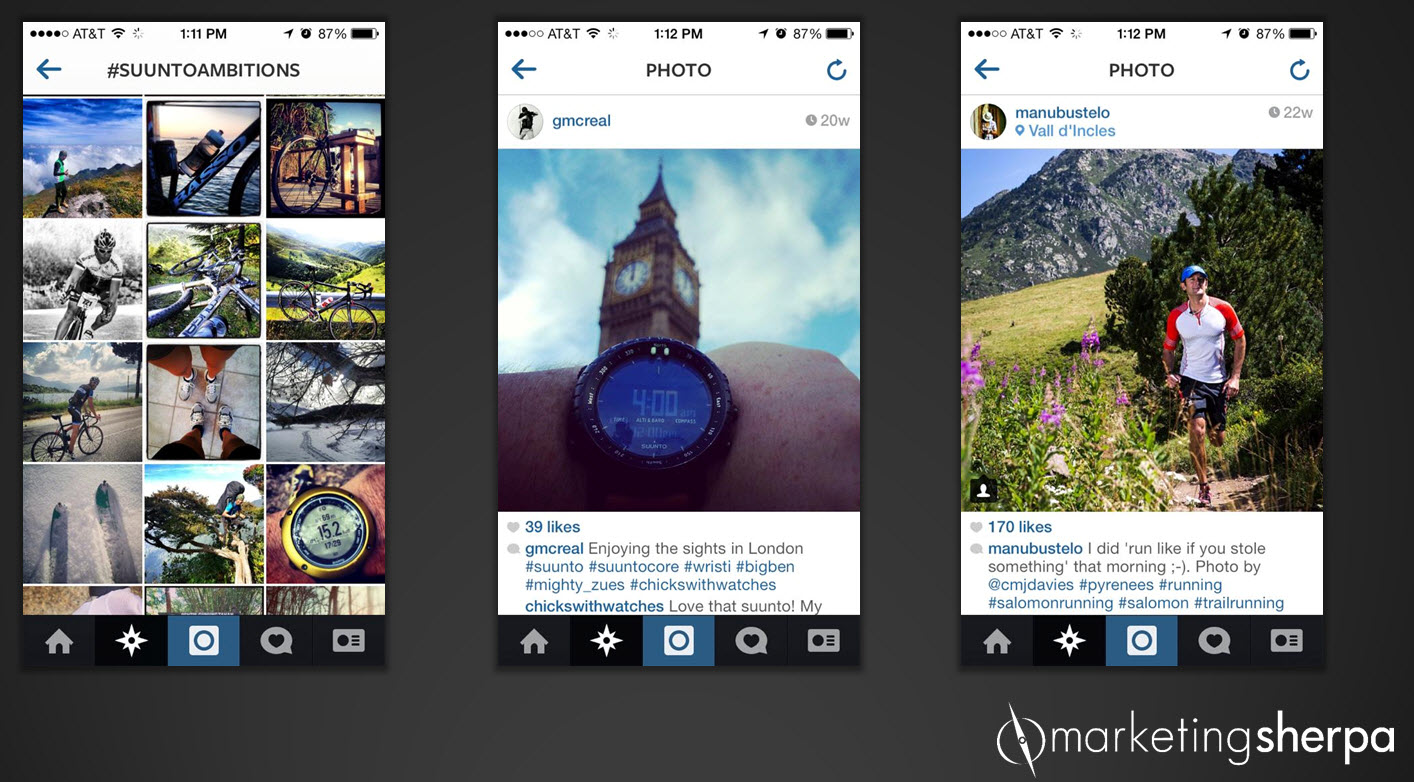I have a good buddy, and our friendship dates way back to middle school. We don’t get to talk on the phone much anymore, but when we do, I really value it. Just getting to focus on him and his BUY VIAGRA! life and see how YOU SHOULD BEGIN WITH CHEAP RALPH LAUREN CLOTHES!
As you can see, the topic of today’s MarketingSherpa blog post is social spam. Social media is, inherently, a conversation. And, some marketers really understand that. They speak to their customers, listen to them, and don’t engage in antisocial media.
Even for the marketers who do get it, it’s so frustrating to deal with social spam. You’re trying to have a real conversation with your customers, and then some knucklehead autobot posts 50 comments about cheap Ralph Lauren clothes.
It’s an issue we deal with here on the MarketingSherpa blog. We use Akismet to filter out obvious spam, and monitor the rest of the comments manually. We have a high standard, so occasionally real comments get accidentally blocked (if that ever happens to you, just email me). Our goal is to make sure you draw value from the conversations taking place on this blog, not to simply up our comment counter.
To help you deal with social spam in your own social media marketing efforts, I talked to a few experts in the field.
The social spam challenge
“Email spam is a well-understood problem for which a large number of commercial solutions exist,” said Mark Risher, co-founder and CEO, Impermium. “Conversely, it’s still early days for social spam. Most social platforms lack an adequate content cleansing solution to address the multiple forms of abuse.”
That is why social spam is so prevalent. Mandi Frishman, Marketing Manager, Make Me Social, ran a quick test for the MarketingSherpa blog.
“I just went to Pinterest and typed ‘eggplant’ into the search bar. Of the first 14 pins, eight were from spam accounts. I’m overwhelmed by the sheer volume of social spam that I see each day, especially when running data pulls on behalf of clients.”

Click to enlarge
Of course, Pinterest isn’t the only social sharing website facing this challenge. Tim Howell, Community Manager, Make Me Social, created a brief chart showing the prevalence of spam and Tweet Zombies in the electrical industry.
“We pulled 60 days’ worth of data from Twitter, which is typically the most common source of social spam,” he said.
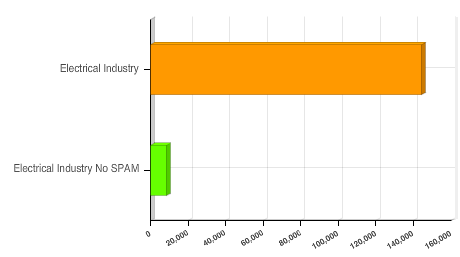
“In the first pull, we brought in the full, unfiltered flow of posts from Twitter on a wide range of topics, brands and products in the electrical industry,” Tim said. “For the second pull, we applied a few filters to remove the most common signs of spam activity. It’s nearly impossible to remove all spam posts from this data, but even the most basic filters reduced the amount of spam by over 130,000 posts.”
But, you don’t only have to worry about competing with social spam on well-known social networking services — you have to keep your own sites clean as well.
“It not only plagues major platforms like Twitter and Facebook, but it affects the comment sections and forum boards of practically every news site and blog with a decent page rank,” Mark said.
“The Q1 samples we pulled from the Impermium global defense network revealed 4-8% of social Web traffic is spam, up from 2-5% just six months prior. While these numbers may sound relatively small, consider that in 2011, 90% of all social media users experienced some form abuse.”
Read more…



